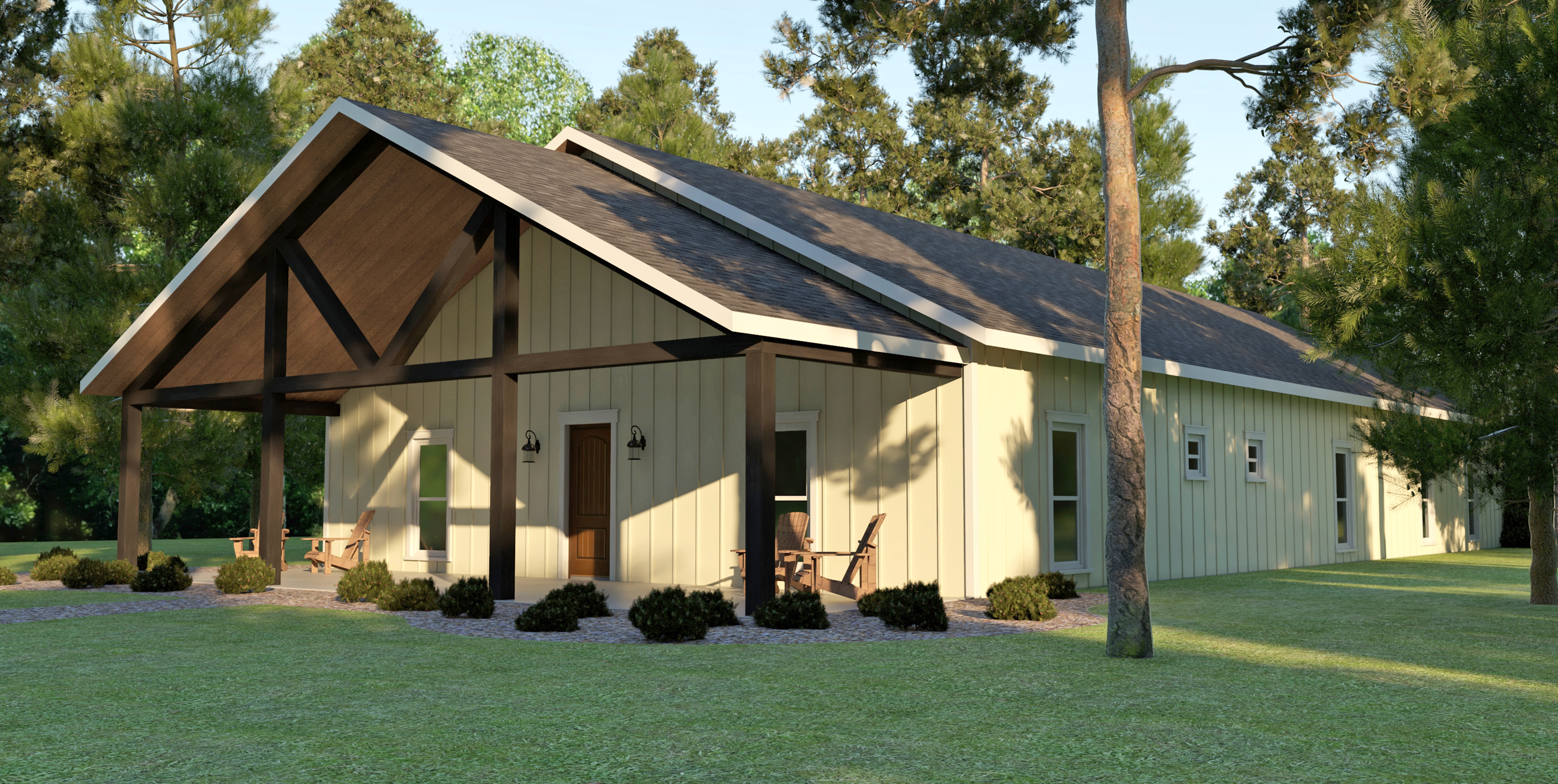In addition to being a rock star commercial and residential building designer, Laura Alexander, President of FrankieZed Studios, is also an accomplished equestrian. Who else would know the ins and outs of how a horse arena should be designed than someone who has spent 15 years showing horses all over the state of Texas. Laura is offering her experience in building designs to now include designing horse barns and horse arena.
 Here are 10 things you should know about before you build a horse arena.
Here are 10 things you should know about before you build a horse arena.
1 Horse Arena Building Restrictions
Don’t think because you own the land you can build whatever you want. Every town and county is different and some are more agricultural-friendly than others. Call or visit every town department and find out their requirements and by-laws. Towns differ on a lot of topics, including but not limited to: buildings set back from property boundaries, how much land per horse, which departments need to get involved (building, a board of health, conservation, zoning, etc), abutter notification, etc. Be as prepared as possible before construction.
2 Visit With Neighbors
Talk with a neighbor, or someone in the area, who has recently built a horse barn and/or indoor in the town. They will have gone thru the process and can better tell you what difficulties you might run into, or if you will actually be on easy street. However, you may want to walk softly during this visit. If your plan is to use your arena for a business (giving lesson or boarding facility), they may not be too excited about the idea of helping out their competition.
 3 Plan on Engineer Work
3 Plan on Engineer Work
Depending on the soil and terrain there could be engineering work required. You need to realize you could be spending tens of thousands of dollars for site work and plans. If you are lucky it won’t cost that much, but include engineering cost in your estimate, just in case. Engineering needs will also depend on the town requirements, type and size of the building, and use of the building.
 4 Location, Location, Location.
4 Location, Location, Location.
Where the arena or barn is located is very important. The most important thing to consider is where the arena is going on the property. What direction does the sunshine? Where are the low-lying, wetter areas? Is the water runoff going to go where it should? Which direction does the wind usually blow? How much dirt needs to be moved around? Excavators can do amazing things to move dirt around but they can be costly depending on the project.
 5 Parking
5 Parking
Don’t forget to leave plenty of room for parking, trailer/ large-rig turn around, horse turn-out, and a riding area. Get a plot map from the town and sketch out how everything will be laid out. Buy pink/orange flags from your local hardware store and place them where the building edges will be so you can get an idea of just how much space will be taken up.
6 Dream Plan vs Reality Plan
Your design for a horse arena will probably change a few times. Dream horse arena plan will quickly be changed to a Reality Plan over time. Things like building size, number of stalls, barn layout will change to fit the environment. It’s tough to plan for things like rock (which can force a whole building to move over). If building an indoor – go for the biggest size possible. The building is 60’ X 120’ realize that is the measurements for the outside of the building and the arena will only be more like 56’ X 116’. If you plan to build stalls, where will the water come from for the horses (do you have to drill another well)? Where will the manure be stored?
What kind of manure management system will you have in place? (Your neighbors will want to know that!) How will hay/shavings be unloaded and stored? Is there someplace warm to clean tack in the winter? Will you have hot water? A wash stall? Do you need bathroom facilities? What kind of material for an aisle floor? Will the building have good ventilation? Will there be plugs at each stall for heated buckets/fans?
 7 Choose Right Builder
7 Choose Right Builder
Find a builder you can trust and use references! Visit other barns they have built to see their workmanship. Talk to others who have used those builders to get their take on how things went.
8 Financial Backing
If you can’t pay for everything out of pocket. Find a lender who understands the agricultural business and can see your vision. Search for a financial institution that will work with you to get the right loan. Most regular banks shy away from loaning for barns and other “non-residential” buildings.
 9 Develop a Sound Budget
9 Develop a Sound Budget
Plan for costs such as wall wood on an indoor wall, stall doors, grates, latches, blanket bars, light fixtures, etc – it all adds up REALLY fast! You can always cut many of the costs by doing it yourself, however, doing all of the work yourself is not for the faint of heart or those who enjoy downtime. It could easily result in 12-14 days to get the job done.
10 Tryout Your Contractors
Would be a good to try out the contractors for your horse arena by giving them a smaller project to do for you before they take on the big job of building your horse arena. For instance, try to get some of the contractors you are thinking of using to use do a small job around your house or farm, like a small electrical project or a smaller excavation job. This will give a good idea of how close they are to their estimate, their quality, their timely response, how easy/difficult it is to work with them.
These are just a few of the things you need to be aware of before, during and after you build your horse arena. Of course, hiring a building designer who is also an equestrian also makes a huge difference since they have an instinct in knowing how a horse will react to some of the design aspects of the arena which someone not familiar with horses would not know.
Contact FrankieZed Studios and talk to Laura about how she can help you create your dream of building a horse arena.
(Images shown in this article are examples and do not represent designs actually produced by FrankieZed Studios)







